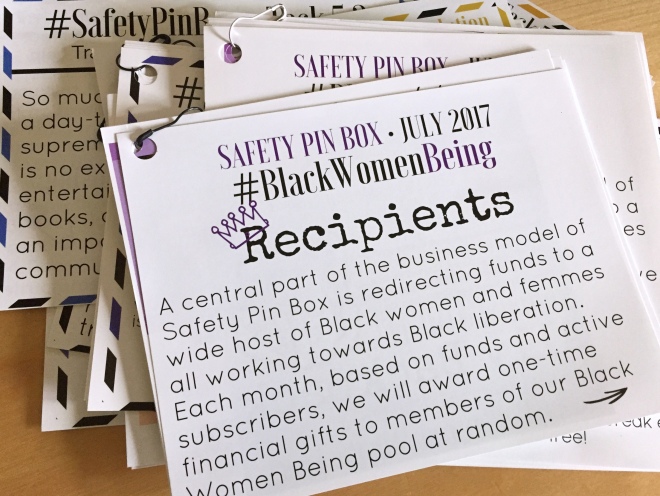I headed home from my volunteer shift on Monday, shortly before 6:00. Lifted Spirits is in the heart of downtown San Jose, and less than a block from city hall.
Outrage over the murder of George Floyd has led to protests around the globe. San Jose is no exception. Protestors chant for hours each day in front of City Hall, followed by marches in the early evening.
As I left Lifted Spirits, I pulled into the mini-mart on the corner to buy a cold drink for the ride home. I had one of those surreal moments when I saw a row of police officers on motorcycles lined up against a two-story mural. I snapped this photo:
The mural depicts a message of thanks to San Jose Olympians, Tommy Smith, and John Carlos. It’s officially titled: Tommy Smith-John Carlos Thank You.
Here is some history, courtesy of Wikipedia:
On the morning of October 16, 1968,[2] US athlete Tommie Smith won the 200 meter race with a world-record time of 19.83 seconds. Australia’s Peter Norman finished second with a time of 20.06 seconds, and the US’s John Carlos finished in third place with a time of 20.10 seconds. After the race was completed, the three went to the podium for their medals.
The two US athletes received their medals shoeless, but wearing black socks, to represent black poverty.[3] Smith wore a black scarf around his neck to represent black pride, Carlos had his tracksuit top unzipped to show solidarity with all blue-collar workers in the US and wore a necklace of beads which he described “were for those individuals that were lynched, or killed and that no-one said a prayer for, that were hung and tarred. It was for those thrown off the side of the boats in the Middle Passage.”[4] All three athletes wore Olympic Project for Human Rights (OPHR) badges after Norman, a critic of Australia’s former White Australia Policy, expressed empathy with their ideals.[5] Sociologist Harry Edwards, the founder of the OPHR, had urged black athletes to boycott the games; reportedly, the actions of Smith and Carlos on October 16, 1968[2] were inspired by Edwards’ arguments.[6]
Both US athletes intended to bring black gloves to the event, but Carlos forgot his, leaving them in the Olympic Village. It was Peter Norman who suggested Carlos wear Smith’s left-handed glove. For this reason, Carlos raised his left hand as opposed to his right, differing from the traditional Black Power salute.[8] When The Star-Spangled Banner played, Smith and Carlos delivered the salute with heads bowed, a gesture which became front-page news around the world. As they left the podium they were booed by the crowd.[9] Smith later said, “If I win, I am American, not a black American. But if I did something bad, then they would say I am a Negro. We are black an,d we are proud of being black. Black America will understand what we did tonight.”[3]
Tommie Smith stated in later years that “We were concerned about the lack of black assistant coaches. About how Muhammad Ali got stripped of his title. About the lack of access to good housing and our kids not being able to attend the top colleges.”[10]
I stood for a moment facing a row of police officers with their backs to the mural. Did any of them register the irony of their position? They stood with their backs to a piece of art depicting two courageous athletes literally using their winning Olympic platform to protest racial injustice?
I got back in my car, prepared to exit onto Santa Clara street. The protestors came down Santa Clara *at that exact moment*, saw the officers, stopped, and turned into the gas station. The protesters addressed the officers with chants, and one protester instructed others “do not throw anything.”
I got out of my car and took a knee. Within a few moments, the marchers returned to their intended route along Santa Clara Street toward City Hall.
Back in my car once again, I asked one of the officers if it was okay to exit on Santa Clara. He said, “It’s not safe for you to be here.” He then directed me toward the row of officers until one of them yelled at me to stop. Within moments they let me exit the lot, and I drove home.
I’m a 60-year-old white woman who’s afforded an unearned privilege based on the color of my skin.
George Floyd, a 46-year-old black man, lost his life because of an undeserved bias based on the color of his skin.
I have a dream that my four little children will one day live in a nation where they will not be judged by the color of their skin but by the content of their character. I have a dream today. Rev. Martin Luther King, Jr.
The time for change is now.










